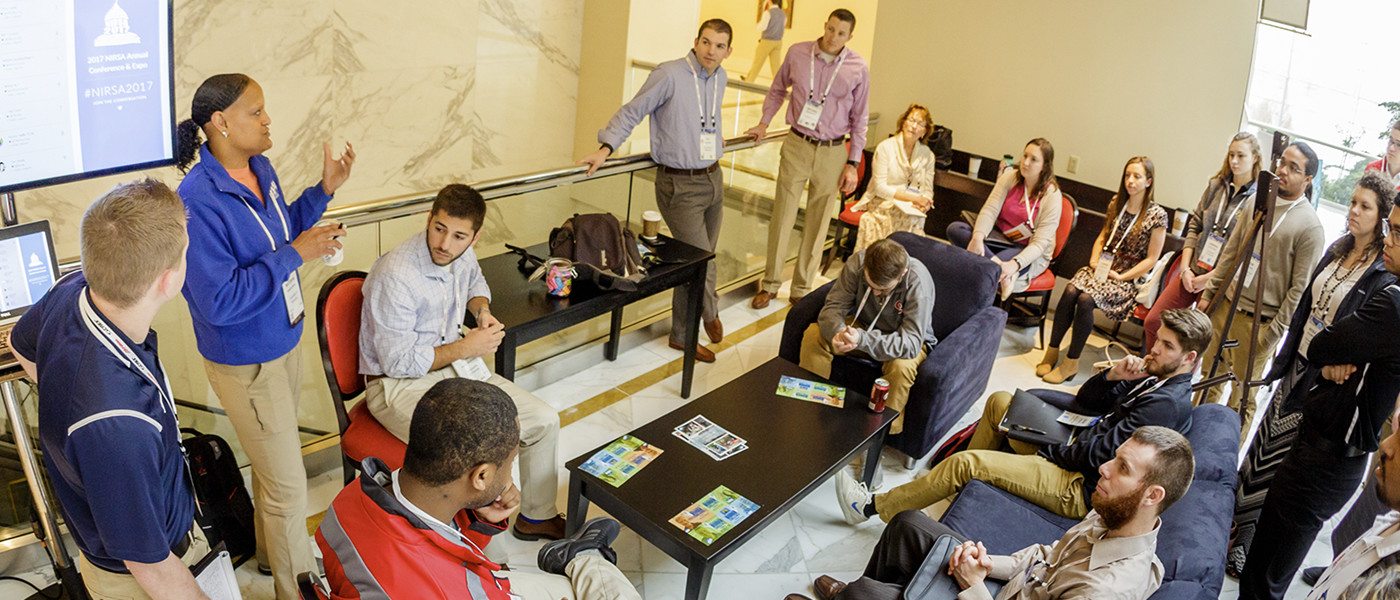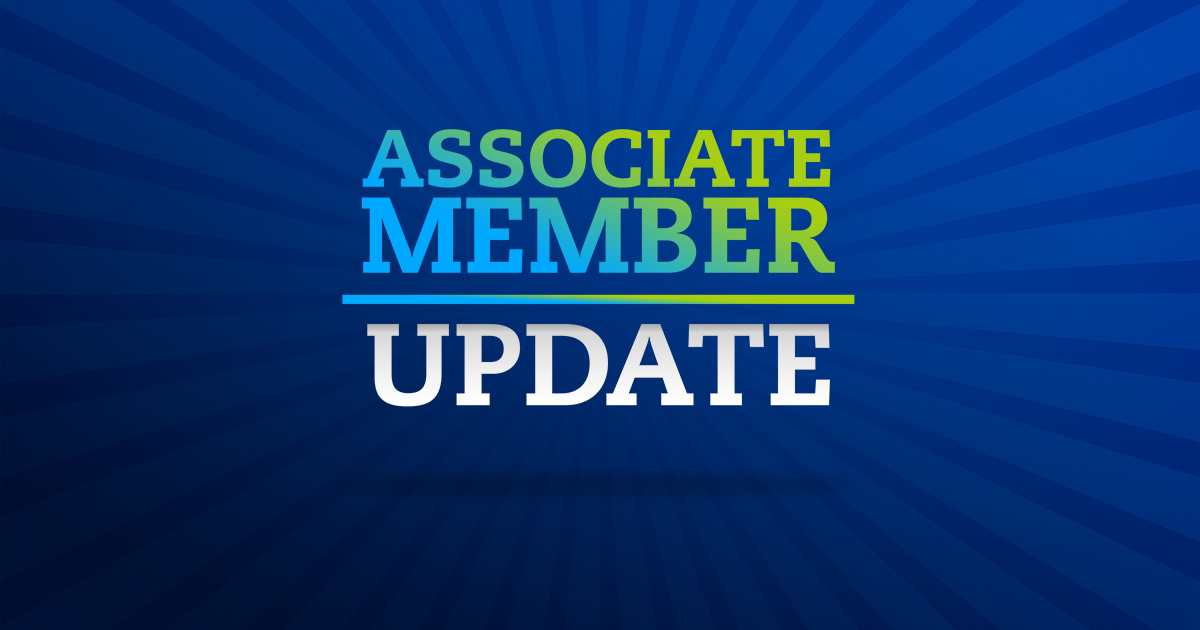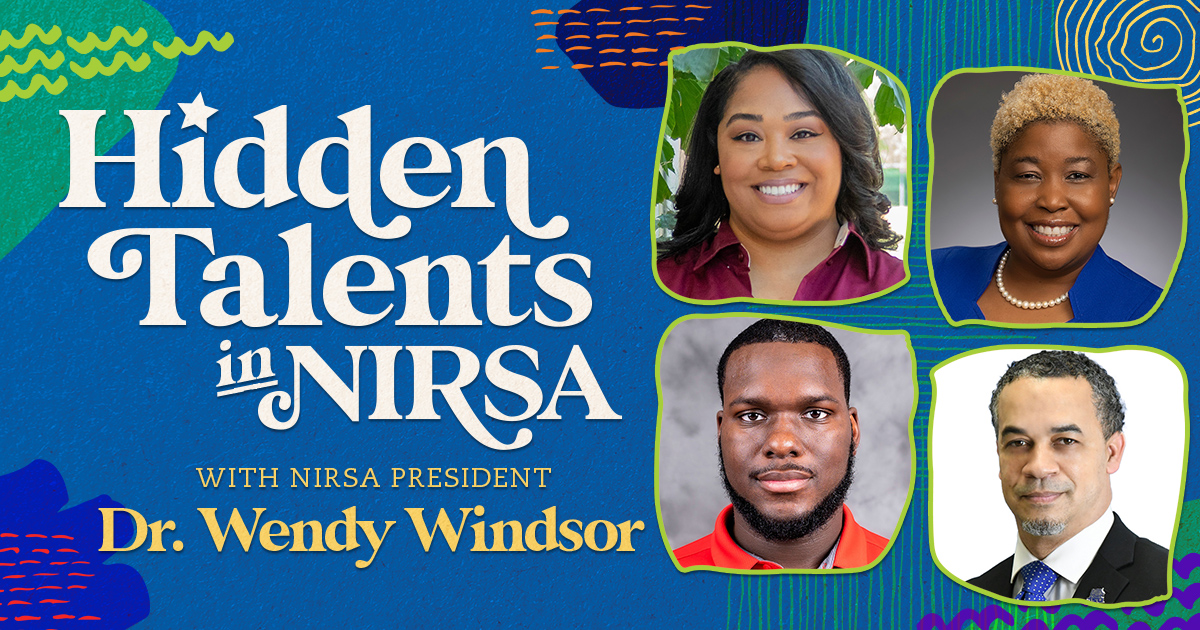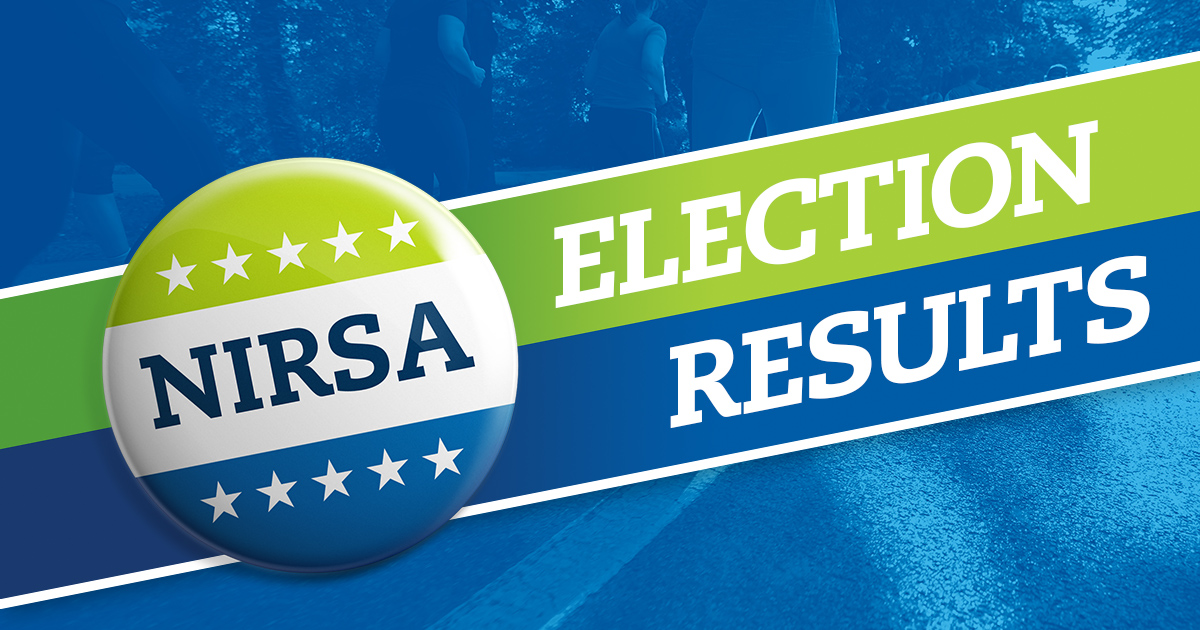Everybody deserves a chance to play. From the Special Olympics to Title IX, the idea that everyone should be able to play is a cornerstone of recreation—and it has long been central to campus recreation departments across North America as well as to NIRSA: Leaders in Collegiate Recreation. Austin Anderson, Assistant Professor in the Kinesiology and Sport Department at the University of Southern Indiana, says, “Almost all—probably all—of the professionals that I have encountered in campus recreation have been insistent on looking for ways they can do things better when it comes to the openness of their campus rec environments.”
NIRSA has long supported campus rec departments in their inclusion efforts; one of the Association’s strategic values is equity, diversity, and inclusion. Allie Bogard, Raider Recreation Coordinator at Southern Oregon University, explains that “the NIRSA Equity, Diversity, and Inclusion Commission, as well as the Global Perspectives Commission, specifically hone in on our underrepresented user groups to identify barriers for participation. As an association, we show value in our minority members—people of color, LGBTQI+, and female communities are celebrated for their service and commitment to our association.” The NIRSA EDI Commission has created and compiled numerous resources for NIRSA members over the years. And NIRSA members remain a body of individuals who truly value diversity and openness.
Members demonstrate their commitment to living our shared values
The strong focus that NIRSA and collegiate recreation place on inclusion was highlighted in an unexpected way recently. The 2017 NIRSA Annual Conference & Campus Rec and Wellness Expo just happened to align with the 2017 Conservative Political Action Conference (CPAC) at the Gaylord National in National Harbor, MD. Unfortunately, a number of NIRSA attendees were subjected to discriminatory behavior at the hands of some CPAC attendees—as has been recounted in two Huffington Post articles: “CPAC Attendees’ Inappropriate Behavior Prompts Apology from Convention Center” and “Conference Attendees Report Anti-Immigrant, Anti-Gay Harassment From CPAC Activists.” These overt acts of aggression—as well as numerous acts of microaggression—cast a pall over NIRSA 2017.
However, as Austin puts eloquently, NIRSA attendees rose to the occasion admirably: “I never felt that NIRSA attendees gave any ground in being open, accepting, overtly-polite, and helpful—even in the face of derogatory statements. While it seems clear there are several places where many of us may disagree with the direction of the new administration—like the rolling back of Obama-era transgender student guidance while we were gathered—we also made it clear that discussion is possible and discourse is needed.” NIRSA members came together to bond as one NIRSA family while celebrating our diverse membership at events like the LGBTQI & Friends Social and the People of Color Social. NIRSA 2017 was another successful NIRSA family reunion despite the actions of some CPAC attendees.
Our history is rooted in a mantra of “Maximum Participation”
NIRSA has long been committed to diversity. The Association was formed in 1950 when 20 male and female intramural directors from 11 Historically Black Colleges and Universities came together under the guidance of Dr. William Wasson. In the 67 years since that first meeting, NIRSA has not only formed commissions dedicated to issues of diversity and global perspectives, it has issued statements in support of marriage equality and created guidelines for transgender athlete participation in NIRSA Championship Series events.
Austin says he knew instantly at his first NIRSA Annual Conference that this “was an organization that seemed to really be active in its inclusion efforts across a variety of forms of diversity.” He realized that “NIRSA—and NIRSA is really just the people that make it up—was an organization that I wanted to grow and work with.”
Campus recreation departments across North America are what drive the forward thinking of this Association. “At Louisiana State University, we’ve added six individual changing rooms—shower, toilet, lockers—so that all people have the opportunity to engage in the pursuit of health through our department’s facilities and programs,” says Laurie Braden, a NIRSA Past President and Executive Director of University Recreation. LSU’s policies also resonate with NIRSA’s in that they allow individuals to participate comfortably, based on their own gender identities. The goal, explains Laurie, is to allow participants “to use the facility as their most authentic selves.”
Our future will be unwavering in our commitment to diversity, equity, and inclusion
Lauren Motzkin, Assistant Director for Recreation Center, Leagues & Club Sports at East Stroudsburg University, says, “For our leagues, we’ve gone away from co-rec modifications. It’s all open leagues with competitive and recreational levels—we don’t break down by gender anymore.” She explains, “On all of our forms, we ask for gender identity and it’s optional to fill out. This is to accommodate all genders and so no one has to circle ‘male’ or ‘female.’”
Allie says that at Southern Oregon University, the recreation center is making a point of “collaborating with the Women’s Resource Center to do a flag football event during Sexual Assault Awareness Month that will also educate participants on rape culture, bystander prevention, etc. We are also collaborating with the Queer Student Union for a night of intramural quidditch.” She adds, “Southern Oregon University embraces all of NIRSA’s six strategic values. I am fortunate enough to work at an institution where we truly value the quality of life of our students and create accepting and safe environments where they are able to thrive and succeed in their future endeavors.”
NIRSA members are educators first and foremost
Lauren spends a significant amount of time educating her student workers in how to be accepting of diverse types of people. “For intramurals,” she says, “we work hard on appropriate language. It’s important to get students thinking about what they’re actually saying versus what they actually mean.” It was language that made Lauren realize how much she could help develop students to become more accepting and open individuals.
When listening to a student referee at a basketball game make numerous homophobic, racist, and sexist comments during the game, she says, “I decided I wouldn’t try to change a person’s beliefs outright, but I would educate them about sensitivity, inclusion, vocabulary usage, and anything else that needed to be talked about to help them understand perspective and, at the very least, act inclusive while in the recreation center and while working.” She can proudly note that “this type of education has led to a climate change.” It is through a steady stream of these micro-resistances that a culture of awareness, understanding, and appreciation can take root.
While campus recreation departments offer students of all different backgrounds an opportunity to thrive while being active, they also offer their employees an inclusive and safe work environment too. Austin says, “I think to be involved as a professional in campus recreation and to dedicate your professional life to it means we all buy into the roots of campus recreation—that this environment is for everyone in the campus community.” And Allie is a “firm believer that campus recreation offers a more inclusive environment than other professions.”
She credits Dr. Kevin Marbury, Director of Physical Education and Recreation at the University of Oregon, with opening her eyes to all that recreation has to offer. Allie set foot on U of O’s campus four months after the 2013 NIRSA Annual Conference, where she had a conversation with Dr. Marbury that had a lasting impact on her; “it was the first time I really felt my student voice had been heard and valued,” says Allie. That conversation had a hand in forming the undergraduate summer internship program at the U of O, which engages and develops undergraduate students interested in pursuing graduate school and/or a career in recreation.
At the U of O in the summer of 2013, Allie’s first reaction was awe. She says, “I was in awe of the welcoming and safe environment that the PE & Recreation Department, the University of Oregon, and the Pacific Northwest provided. That summer, I had the opportunity to be myself and to view others and our world through a more diverse lens. I’ve not looked back since and today I’m able to lead authentically as a much happier version of myself.”
Recreation has the power to support healthy people and healthy communities
“There is a foundational aspect of collegiate recreation that separates it, philosophically, from other forms of recreation and sport,” explains Austin. “That is this core belief that participation from everyone should be encouraged, welcomed, and facilitated—explicitly.” The hard reality is that recreation is for everyone—regardless of race, religion, ability, or any other factor—and the field of collegiate recreation alongside NIRSA is doing its best every day to promote inclusion and openness in the face of a sometimes-divisive world.
After all, as Laurie puts it, “Sport and recreation has the power to bring people together around their passion of sport and the pursuit of health and wellbeing. No matter who you are or how you identify or what your abilities are, we are all just sweaty happy people trying to be our best selves for ourselves and our communities.”
Learn more
To learn more about how NIRSA and campus recreation as a profession can support the values of diversity, inclusion, and equity, join the NIRSA Equity, Diversity, and Inclusion Community of Practice for members. There you will find a forum for discussion questions and topics related to Equity, Diversity, and Inclusion as well as a peer-to-peer resource library.
And be sure to check out the NIRSA Equity, Diversity, and Inclusion Commission’s series of resources to promote social justice on campus.
- For more information, contact NIRSA Director of Advocacy & Strategic Partnerships, Erin O’Sullivan.
- If you are interested in highlighting your campus or a NIRSA member’s achievements on your campus, pitch us your ideas.
Nazifa Islam is currently the Communications Coordinator at NIRSA.






